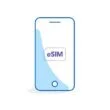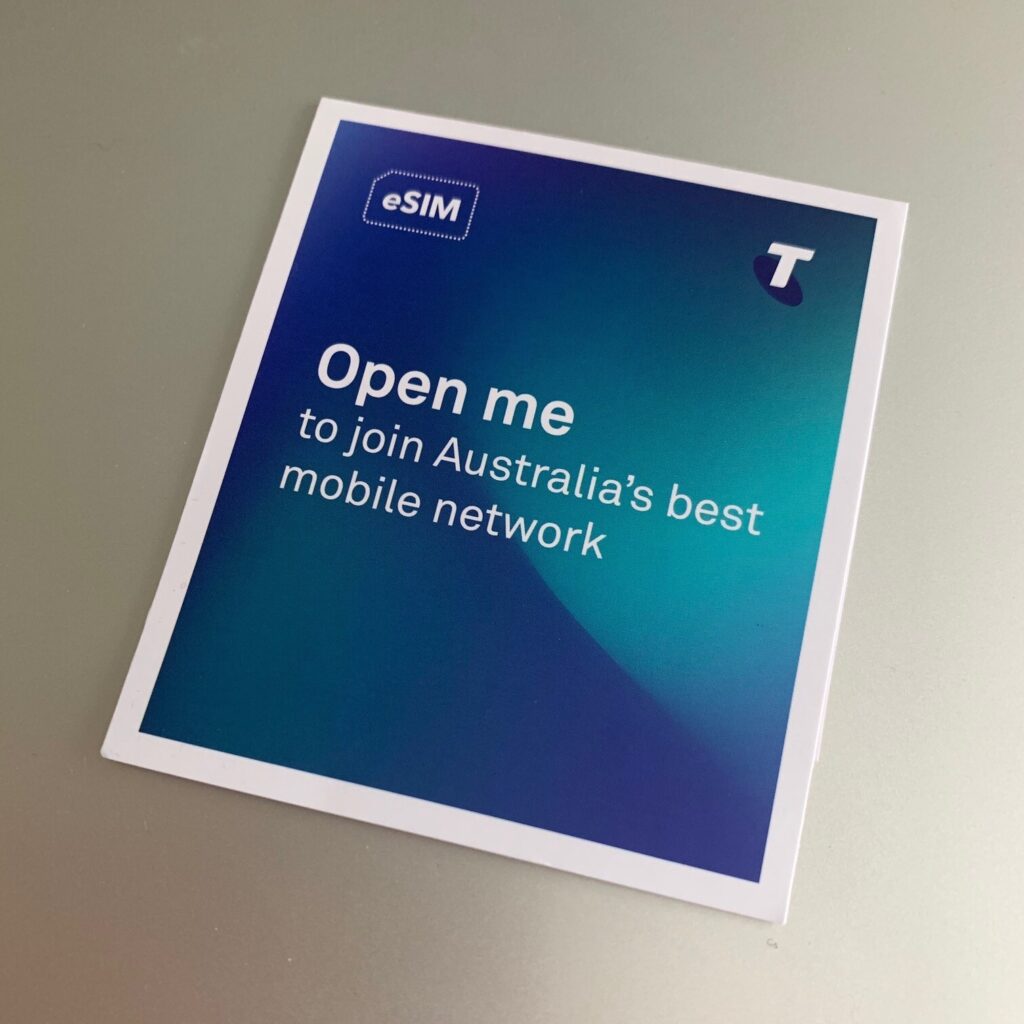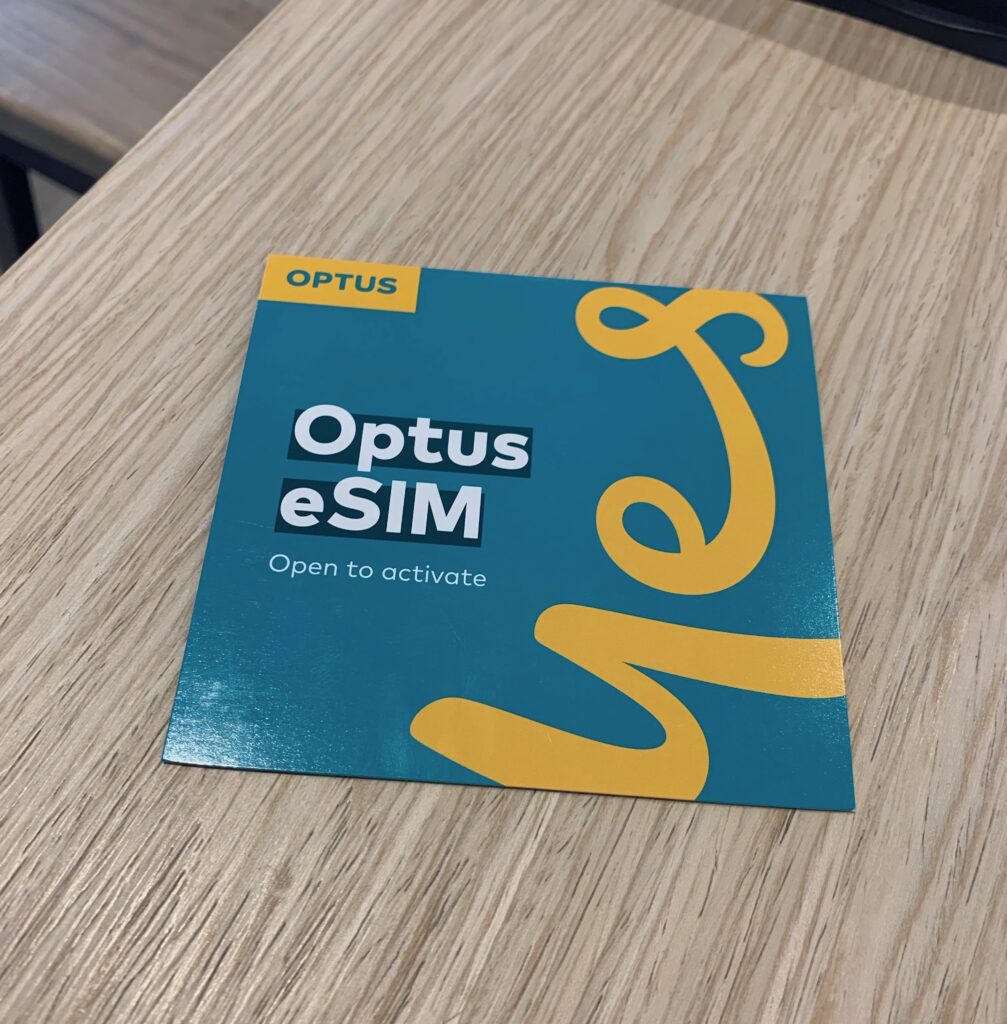There’s a lot to love about Dual SIM phones – whether you’re a frequent traveller heading rural or overseas, have a personal and work/business number, or a super savvy shopper looking for the best deal on mobile data.
The iPhone XS, launched last year, was one of the first devices to offer support for eSIM, or ’embedded SIM’ – a simple alternative to the good old plastic SIM. And if you have an iPhone in Australia, it’s the only way to get your dual SIM groove on (combining a plastic SIM together with an eSIM) – as we don’t have a model with two SIM card slots (unlike say the Huawei P30)
A handful of eSIM supporting devices are available in Australia, from the iPhone XR, XS and XS Max, to the iPhone 11, 11 Pro and 11 Pro Max, as well as the Google Pixel 3a.
In tablet land, there’s the Microsoft Surface Pro (2017, 5th Generation with LTE), HP Spectre Folio, and the iPad Pro 2018 (11″, 3rd Generation 12.9″), iPad Air 2019 (3rd Generation) & iPad mini 2019 (5th Generation)
You can also store more than one eSIM in most devices, but you can use only one at a time. To switch eSIMs on an iPhone, tap Settings, tap Mobile Data, and then tap the plan you want to use. Then tap Turn On This Line.
Now that all three carriers – Optus, Vodafone and Telstra – support eSIM, you can choose to move your service to an eSIM, freeing up the plastic SIM slot for another service (or just making it harder for someone to steal your plastic SIM)
With all three carriers, you’ll need to go into a store to get your physical SIM swapped over to an eSIM. None of the carriers charge you to move to an eSIM – it’s essentially treated as any other SIM swap.
As covered in the earlier posts, Optus and Telstra use physical cardboard QR code kits, meaning the store literally has to have stock to give you one. Vodafone generates eSIM QR codes digitally, so they’re always in stock!

Once you’ve got your QR code, you’ll need to scan it in on your device – for an iPhone, it looks like this;
For iOS (iPhone XR/XS and newer, and a recent iPad)
- Go to Settings, tap Mobile and then Add Mobile Plan
- Scan the QR code on the eSIM kit, and follow the prompts on your screen
- Make sure you pay attention for things like the primary line for calls/SMS/iMessage/Data etc – you can always change it later if need be.
For Android
- Go to Settings, tap Network & Internet and then add Mobile Network
- Scan the QR code in your eSIM Card and follow the prompts on your screen
If you need any assistance, Apple has you covered here with more detail and Google has you here.
eSIM FAQ
Can I roam with my eSIM?
Yes – think of an eSIM as a like for like replacement of the existing plastic SIM you already have. If you can roam with that, you can roam with an eSIM.
Is there a charge to swap to an eSIM from a physical SIM?
No, Vodafone Optus or Telstra do not charge to be swapped over to an eSIM.
Can I use an eSIM if I’m on prepaid?
Both Vodafone and Telstra support prepaid customers when it comes to eSIM – Optus restricts eSIM to postpaid plans only
Can I use eSIM on a business plan?
Yes, all carriers support business customers
What’s the point of an eSIM? Is it worth the hassle?
Over the last few months I’ve travelled overseas and have moved carriers. Earlier this year while Telstra still included free roaming on their plans, I used that for calls/SMS in the US while combining it with the T-Mobile prepaid eSIM for cheaper data.
Currently I am now with Vodafone for my primary service, however with it installed as an eSIM it allows me to use the plastic SIM slot with another carrier – currently a Telstra SIM to provide coverage fallback where Vodafone may be a little patchy (and vice versa)
Some other creative options eSIM + Dual SIM opens up include things like a $5 Dodo plan for unlimited calls/SMS combined with the $15 Extra Small Telstra plan installed as an eSIM – resulting in $20/month for unlimited calls/SMS, 5GB data then shaped to 1.5mbps – just as one example.
What happens if I lose my phone?
One of the ‘benefits’ to an eSIM is that you can’t lose the plastic SIM. Unfortunately this also means that if you lose your phone, there goes your eSIM. From your point of view, it’s no different to losing your actual phone with an actual SIM – however at least it can’t be taken out and put in another phone in the meantime. Ring your carrier and get them to block the SIM until you’ve got a new phone.
I swap between phones or devices often, should I swap to an eSIM?
Probably not! Each swap requires a trip to your carrier store for a new eSIM or to swap back to a plastic SIM, which may get old pretty quickly. Just stick with plastic.
Do any other carriers support eSIM in Australia?
No other MVNOs (Dodo, Amaysim, Boost, etc) have announced eSIM support as of yet,
Can I get an eSIM from overseas carriers?
Yes! One of the really cool things about eSIM is that if the carrier supports it, you can buy and download an eSIM instantly – no need to wait for it to arrive. It’s one reason why you may not want to change your ‘everyday’ service to an eSIM, if you’re going overseas.
T-Mobile US has a great app that allows you to buy a new prepaid service and install it straight away as an eSIM. Three HK has some great priced roaming plans you can use, even if you’re not in HK. And the usual roaming providers (Truphone, Gigsky, Ubigi) all support eSIMs as well.





